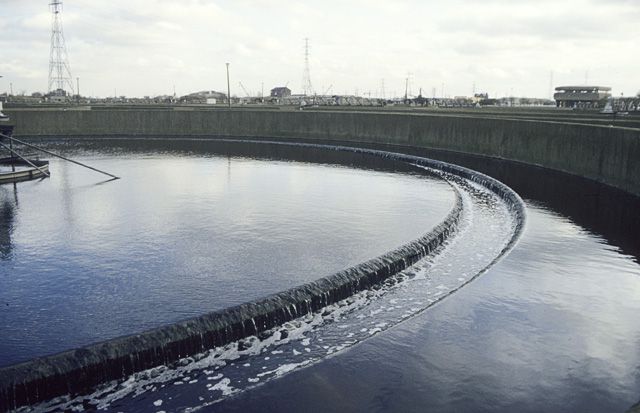-
 Chondrule
Chondrule
-
 True celestial equator
True celestial equator
-
 Star
Star
-
 Emihedrism
Emihedrism
-
 Simazine
Simazine
-
 Soft acid
Soft acid
-
 Sucrose
Sucrose
-
 Light microscope
Light microscope
-
 Permanent meadow
Permanent meadow
-
 SSL
SSL
-
 Columbiformes
Columbiformes
-
 Keratolytic
Keratolytic
-
 Tungsten
Tungsten
-
 Hydrolysis
Hydrolysis
-
 Micro-robotics
Micro-robotics
-
 Regioselective
Regioselective
-
 Cortisol
Cortisol
-
 Electron neutrino
Electron neutrino
-
 The theory of punctuated equilibrium
The theory of punctuated equilibrium
-
 Nanofluidics
Nanofluidics
-
 Magma
Magma
-
 Sclerotome
Sclerotome
-
 Orbiter
Orbiter
-
 Gold chloride
Gold chloride
-
 Sand-dwelling
Sand-dwelling
-
 Kliper
Kliper
-
 Flat truss
Flat truss
-
 RFC
RFC
-
 Sodium
Sodium
-
 Macrophage
Macrophage
Sewage sludge
Sewage sludge is residue from the treatment of liquid effluents by treatment plants. This sludge is composed of organic and mineral matter.
Sewage sludge is characterised by the amount of dry matter and organic matter it contains. These two parameters depend on how effluents are treated.
Different types of sewage sludge
There are different types of sludge, depending on the nature of the treatment process:
- primary sludge is the result of the settling of effluents. It generally contains a high amount of mineral matter;
- physical-chemical sludge is close to primary sludge but contains more of certain types of flocculated products;
- biological sludge is the product of the bacterial treatment of effluents. It is rich in organic matter.
Use of sewage sludge
This type of waste can be spread on farm land as a fertilising amendment, used by methanisation with the production of biogas, used in composting or incineration with cogeneration.
Depending on its intended use, sludge can be subjected to different types of treatment to reduce its water content, stabilise and stop its fermentation and reduce the risks of biological contamination.
If the available infrastructure or the characteristics of the sludge do not make this type of use possible, it is placed in storage centres.
 Sewage treatment producing biological sludge. © John Rostron, Geograph CC by-sa 2.0
Sewage treatment producing biological sludge. © John Rostron, Geograph CC by-sa 2.0
Latest
Fill out my online form.



